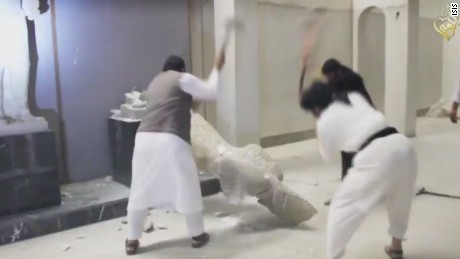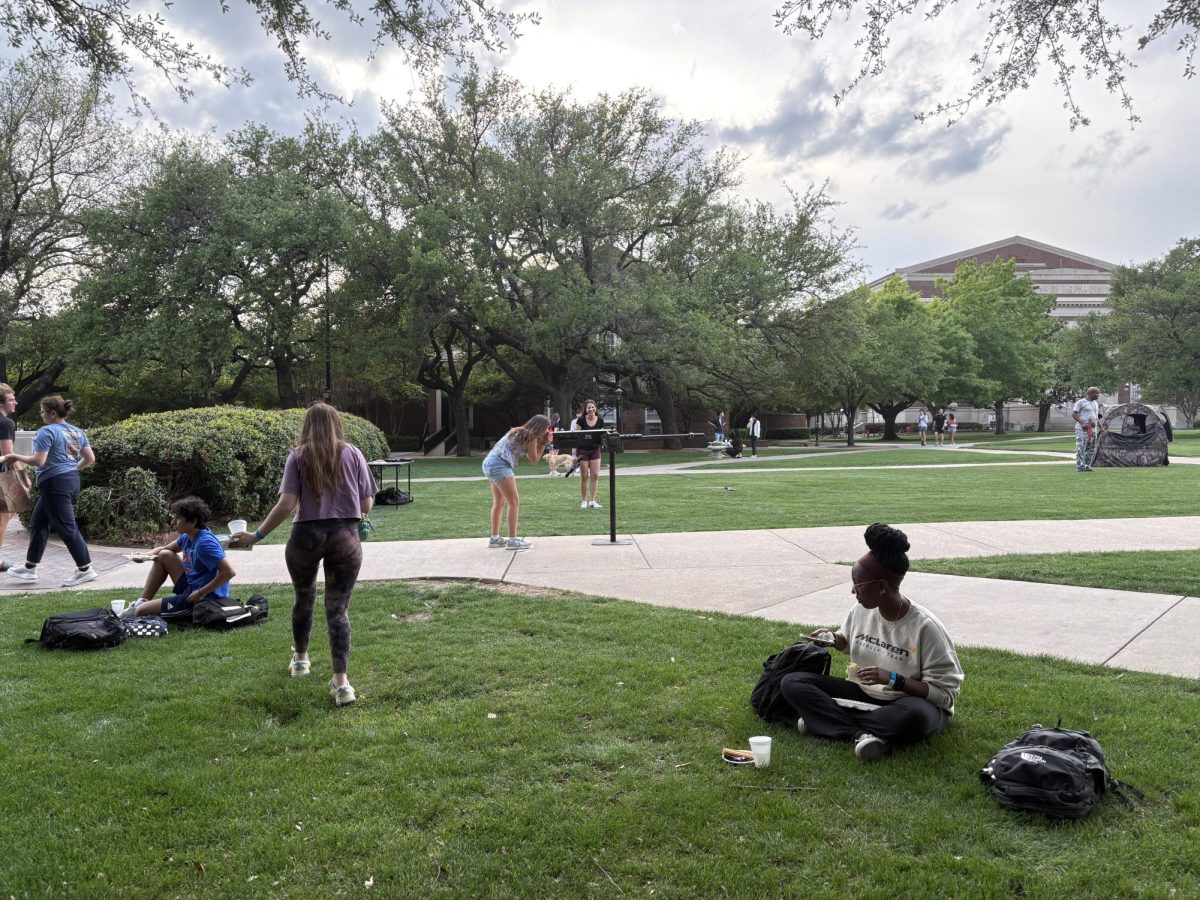Islamic State militants recently destroyed a priceless collection of sculptures and statues from the Ancient Assyrian period. The damage can only be described as incalculable, and archeologists have called this destruction of art as the ruination of not only Iraqi culture, but also the world’s.
It took only minutes to destroy art that lasted through centuries of war and turmoil within the region. In a video posted by the Islamic State, men shoved and smashed artifacts off their plinths and destroyed the remaining pieces with drills and sledgehammers.
An unidentified man in the video proclaimed, “The Prophet ordered us to get rid of statues and relics, and his companions did the same when they conquered countries after him.”
The militants identified the antiquities as works from the 7th century BC and called them symbols of idolatry. A cultural tragedy affecting both Iraq and the world, the smashing of these pieces means losing an important piece of humanity’s history.
ISIS militant wreaked havoc in Mosul Museum, the second largest museum in Iraq. Thankfully, many of the works destroyed were reproductions, as the originals had been moved to the National Museum in Baghdad. However, two structures that were real and hammered by the militants include the Winged Bull and the God of Rozhan.
Destroying these relics fails to show the ideological superiority of ISIS, but rather shows the insecurity and inferiority of their faith and beliefs.
Seven statues of Akkadian Empire literary figures are missing. The United Nations Educational, Scientific and Cultural Organization urges international auctioneers not to negotiate with dealers.
These artifacts frame the world’s identity and the history of early civilization. They don’t belong in a private home, but should be showcased in a museum for the world to see for people across the globe to become awe inspired by humanity’s prevailing history, despite numerous conflicts and wars.
History shows that when the world triumphed over evil, we transformed meanings of artworks and structures into memorials and reminders of the unjust acts of the past.
When the allies liberated German Nazi concentration camps, they didn’t burn the structures to the ground. Instead, they converted them into museums to remember the horrific acts committed by a delusional leader and his followers, to remind the world to never walk down that heavy road again. When Germany tore down the Berlin Wall, they saved a part of it to serve a reminder. A graffitied reminder where artists express their feelings against racism, division, and the wall itself.
The loss and bloodshed that occurred around these structures and those alike remain stained in our past, but that doesn’t mean we can’t transform them into a memorial for a brighter future.









